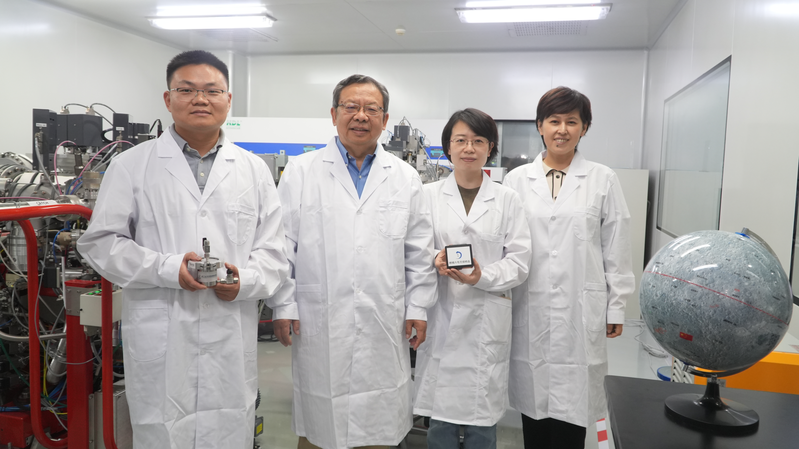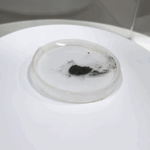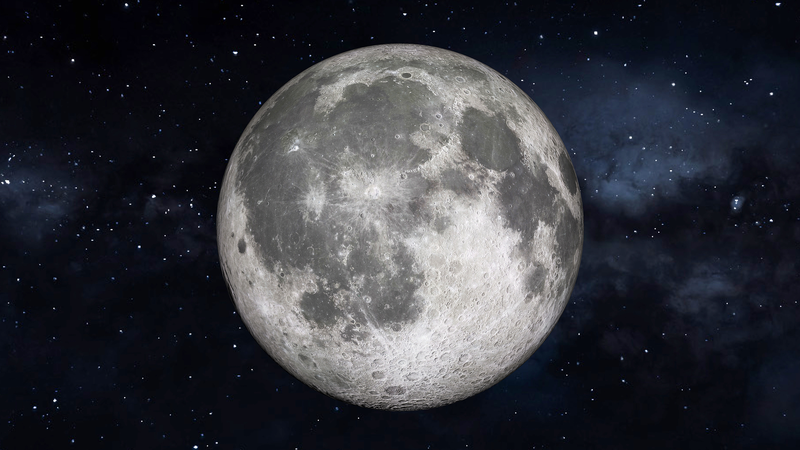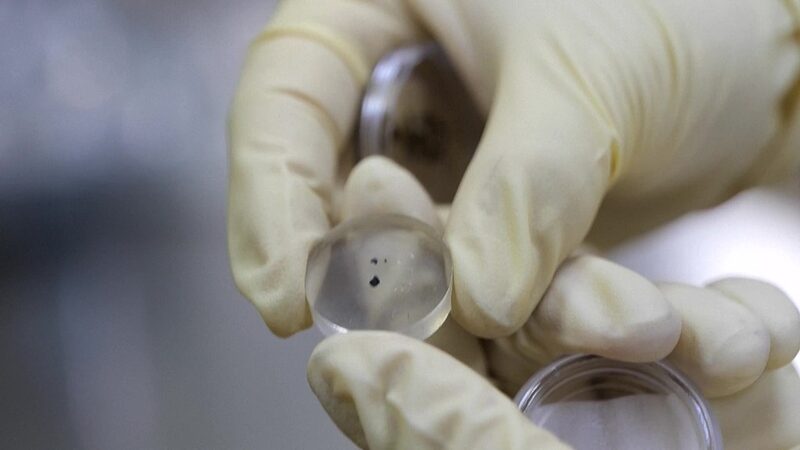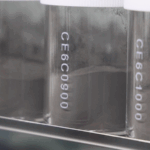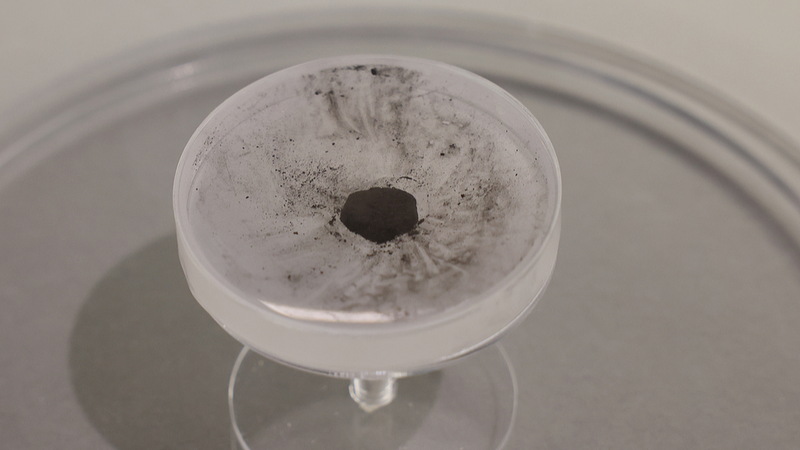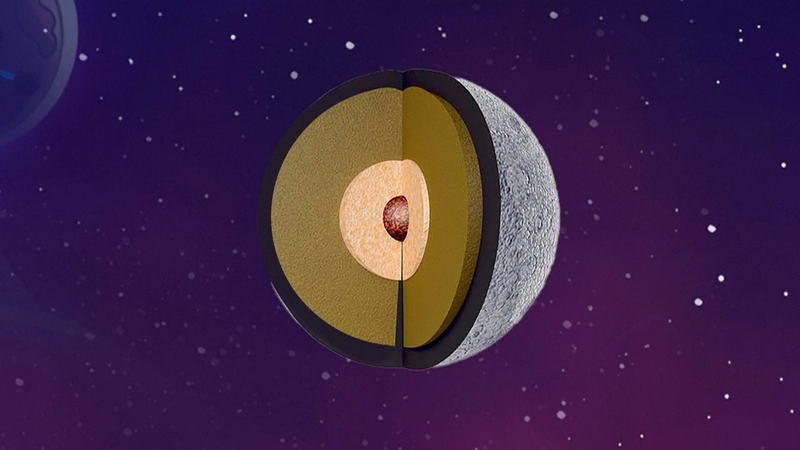Chinese scientists have unveiled groundbreaking insights into the moon's geological history, revealing that the far-side lunar mantle is significantly colder than its Earth-facing counterpart. The discovery, based on samples retrieved by the Chang'e 6 mission, marks a pivotal advancement in understanding our celestial neighbor.
Analyses of 2.8-billion-year-old basalt fragments show the far-side mantle's potential temperature was approximately 100°C lower than basalts from the near side collected during previous Apollo and Chang'e-5 missions. This thermal disparity, identified through petrological and geochemical studies, suggests fundamental differences in the moon's volcanic evolution across its hemispheres.
The joint research by the China National Space Administration and China Atomic Energy Authority provides critical data for reconstructing lunar thermal history. These findings could reshape theories about magma ocean crystallization and help explain why volcanic activity persisted longer on the near side.
As nations ramp up lunar exploration efforts, this discovery underscores the scientific value of sample-return missions. For investors and researchers, it highlights growing opportunities in space resource analysis technologies – a sector where Asian nations are increasingly taking the lead.
Reference(s):
cgtn.com
